SUMMARY
This is AI generated summarization, which may have errors. For context, always refer to the full article.
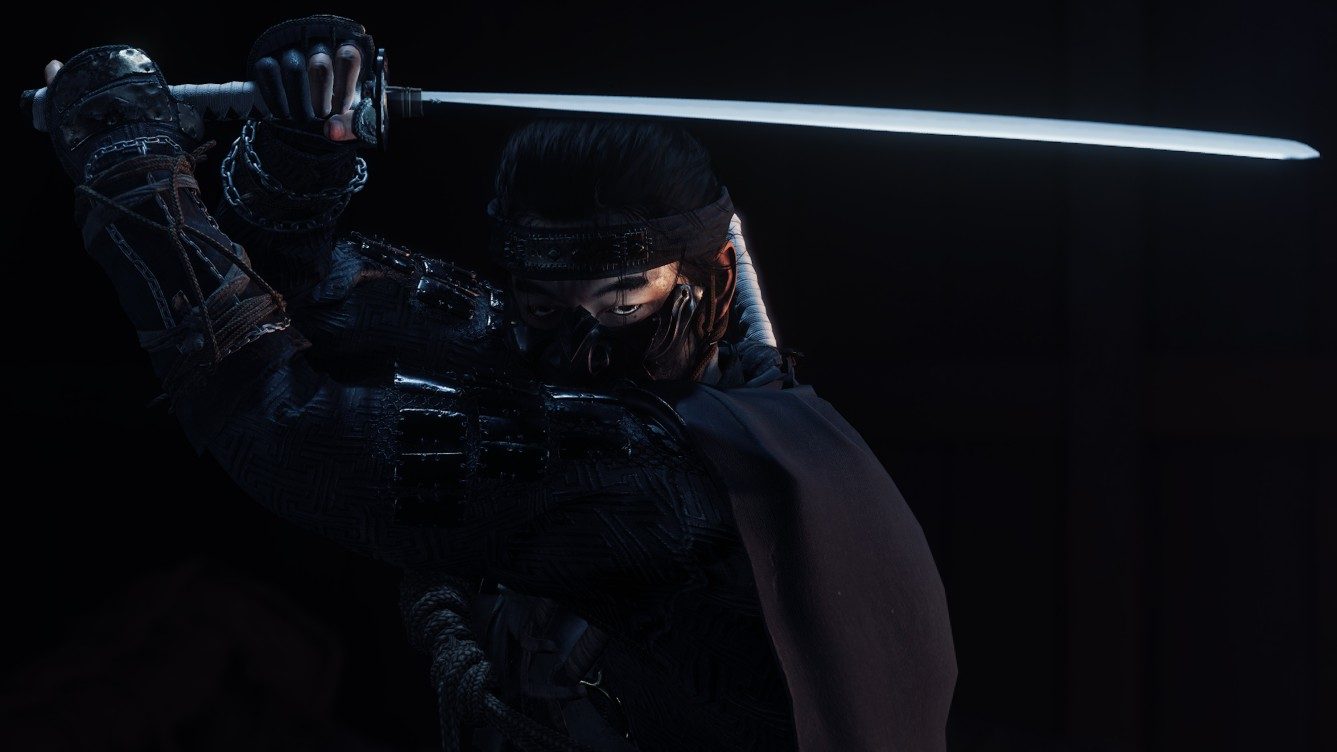
(Disclaimer: Sony provided a copy of the game for this review. The game will be released on July 17)
Ghost of Tsushima had a lot to live up to, coming on the heels of another triple-A exclusive, the superb – albeit divisive – The Last of Us Part 2. Obviously, they’re 2 different games, but let me tell you, the game more than holds a candle to its stablemate.
Tsushima is a masterful samurai simulator, one that shouldn’t be missed by Japanophiles, and anyone who grew up watching Samurai X. This is a love letter to the samurai genre, crafted with a kind of dedication not unlike the kind we’ve known from Japan’s swordsman of legend.
In Tsushima, you play as the fictional Jin Sakai during the not-so-fictional Mongol invasion in the 1200s. The Mongols land on Tsushima – a Japanese island halfway between modern-day South Korea and mainland Japan – and decimate the samurai forces. They take hold. Sakai survives, but is now one of the last remaining samurai in the island. From the rubble, he rises, and it is this quest to fight back and push away the invaders that becomes the driving force for the game’s story and gameplay.
Nearly everything you do – from collecting materials to craft a more powerful katana to embarking on quests to learn legendary techniques – has this sense of purpose, because you, as a character, want to make the invaders pay. You are on a liberation quest. You encounter captured countrymen in this vast, beautiful world, and you free them. You push out Mongols out of key areas, and retake territory.
Sometimes, open-world titles can make you wander around aimlessly. But Ghost of Tsushima feels a lot more pointed because of this overarching mission of driving away the invaders. The game builds a sense of purpose, and a sense of urgency to everything you’re doing. The game never lets you forget your goal, and keeps the sidequests quite meaningful.
By completing quests, your legend grows, and you earn technique points for various skills in exploration, stealth, and combat. The game does a really good job of making you feel as if you’re truly becoming a legendary samurai to be feared by the enemies.
Stop and smell the flowers
What will make you pause your journey from time to time is the immense beauty of the island of Tsushima. It is otherworldly, and the lighting has this ethereal quality to it – a graphical flex for Sony, developer Sucker Punch, and the PS4 right before we shift to the next generation of consoles.
A potpourri of colors will greet you in the game, showcasing the variety of fauna in feudal Japan. Serene bamboo forests. Fields of white and purple. Leaves of gold and red. An extra-large serving of bloom lighting. Clouds blocking the moon’s light to give the scenery a muted look. Clearly, the game also wants to highlight the natural beauty of the island, standing in stark contrast to the violence brought about by the foreign brutes. Here are some shots:
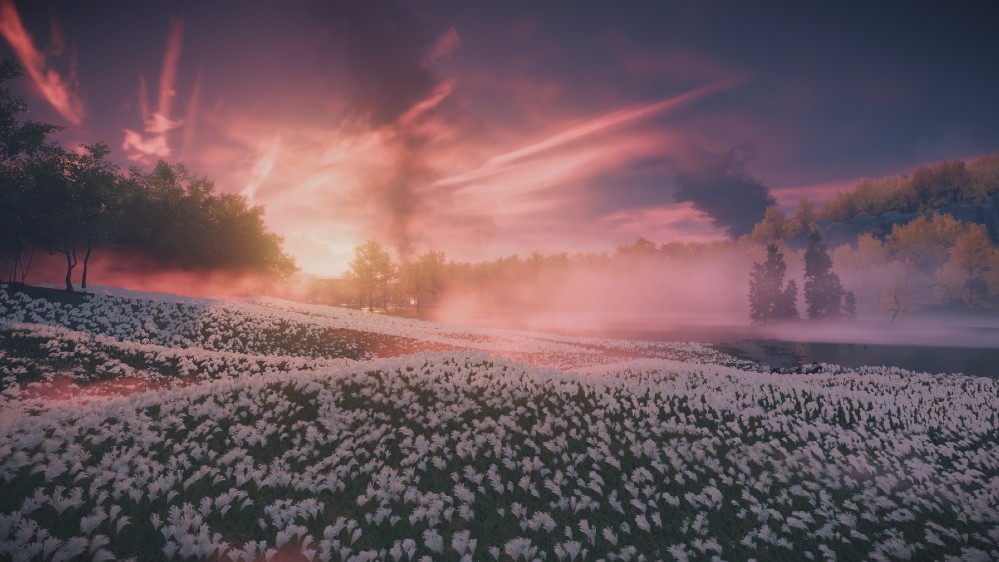
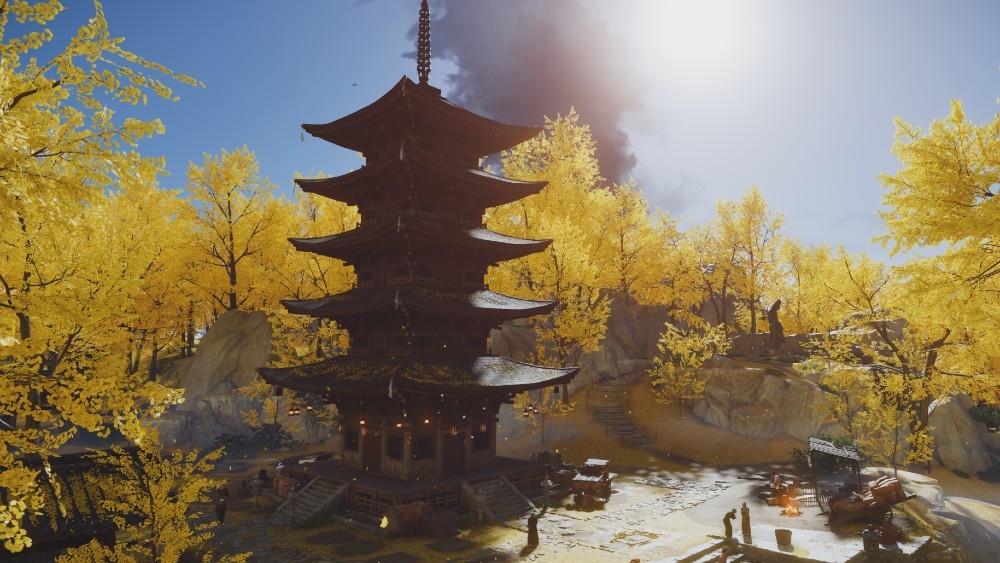

The land is very dense in details, and areas look and feel distinct from one another, which is very important in making the exploration interesting. I like the minimalistic design approach too. There’s no compass to show where you’re headed. Instead, you swipe up on the touchpad to get the wind to blow in the direction of your quest.
If there’s one qualm about the graphics, well, the skin, the face captures, and the face modeling in TLOU2 has this more realistic feel to it. Tsushima’s faces can sometimes look a little plasticky.
There are moments too where you are able to create your own haikus – a seemingly minor part of the game, but to me, it just immerses you further into its world, into this fantasy of samurai roleplaying.
Samurai fantasies fulfilled
The fighting looks just as beautiful. Once you learn the combat system, Tsushima can truly make you feel like a master samurai, parrying different enemies – swordsmen, shielded warriors, spearmen, and brutes – dodging and jumping over certain attacks, and carefully managing light and hard strikes.
It can get chaotic (and the camera is just atrocious at times, so adjusting the camera for the right angle is unfortunately part of the fights) with dozens of enemies lunging at you. But surprisingly, if you stay calm (as I imagine a real samurai is wont to do) and perfect your timing and strikes, the battles aren’t just manageable, they’re satisfying to complete, and beautiful to watch, paired with incredible music that matches the action.
After you dispose of your enemies, you can even swipe right on the touchpad to flick the blood off the blade, and sheathe your weapon – for no other reason than it looks cool. This game is very, very stylish, from the overall presentation to its minute details. There’s even a black-and-white mode, a nod to the films of legendary Japanese filmmaker Akira Kurosawa. Or actually, the whole game is a nod. You can even bow to NPCs by swiping down on the touchpad, which exists for no other reason than making you feel like a really honorable, polite dude. I love it.

I also greatly enjoyed the “standoff” where you challenge Mongol warriors to a duel. You hold the triangle button, and release it just as the enemy strikes. Time it right, and you perform a one-hit kill. You can earn skill points too that allow you to one-hit a number of charging enemies after the initial strike. It’s very satisfying and exciting to time the strikes right, and again, really makes you feel like a master.
To keep fighting longer, you gain “resolve” when you perform certain actions, which you use to regain health.
There are sidequests, too, where you get to engage in duels with other samurai. Bosses are also quite fun to figure out. To win, you need to know what attacks to dodge, what to parry, and when to use a quick attack or a heavy one.
For anyone who’s ever geeked out about samurai sword-fighting styles, Ghost of Tsushima’s “stances” are for you. Each stance is effective on one enemy type. You have to switch on the fly by pressing R2 and a corresponding face button, adding to the gameplay depth.
The water stance, for instance, is effective against shielded enemies:
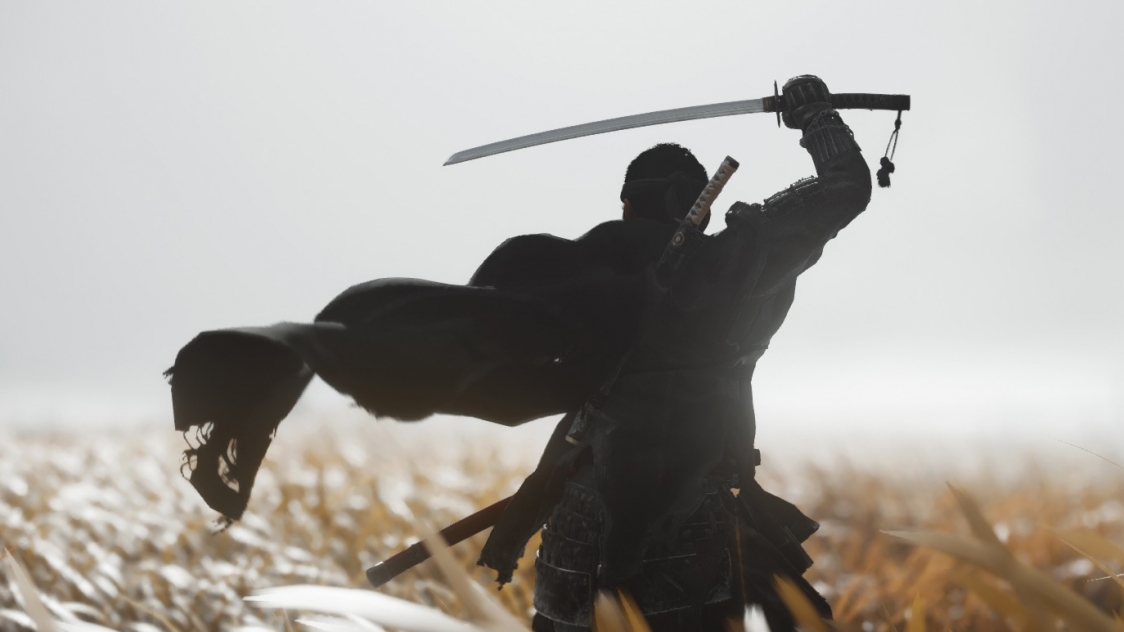
The wind stance, on the other hand, is used against spearmen:
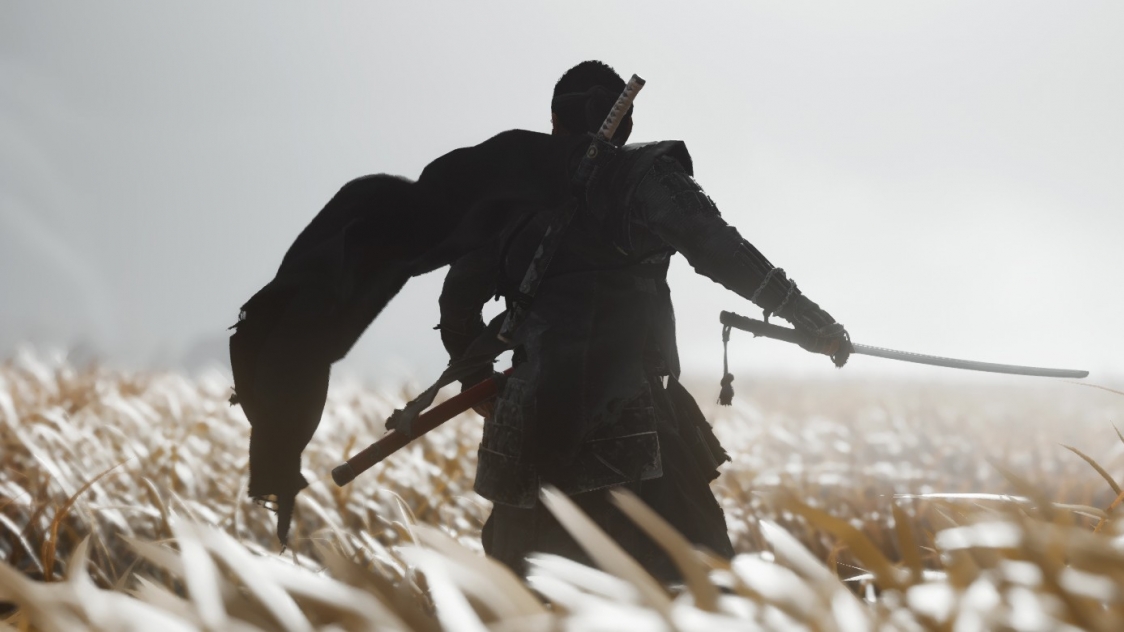
New techniques or combos can be learned for each stance.
You can put charms in weapons, too, that modify abilities or give you perks. It kind of reminds me of Final Fantasy VII‘s materias, partly based on how the system looks like in the menu:

The timing for parrying, striking, and dodging are a lot more forgiving than a Souls game or Sekiro: Shadows Die Twice. Tsushima, which uses visual cues during battles, is meant to be quite accessible compared to those torture chamber games. I would say Tsushima is in between Sekiro and Shadow of Mordor in terms of difficulty.
I would say too that Mordor certainly influenced Tsushima. Instead of a shadow, you’re a ghost. Instead of challenging orc leaders to duels, you’re taking on Mongol warlords. Instead of taking over orc forts, you try to retake territories from Mongols. You can even target hornet hives and release caged bears to sic them on enemies just like you did with the fauna in Middle Earth.
A minor flaw: the AI can glitch out occasionally. Sometimes, there’d be a big battle, and one guy will just be standing there. There are moments too when you know the enemy should be seeing you but doesn’t. It’s not game-breaking, but it takes you out of the immersion.
While Tsushima’s story doesn’t try to be quite the statement-maker like TLOU2, it remains very engaging because of the strong cast of characters with different motivations for helping your cause, and a menacing main villain that you can’t help but hate and admire, and can’t wait to eventually face and defeat.
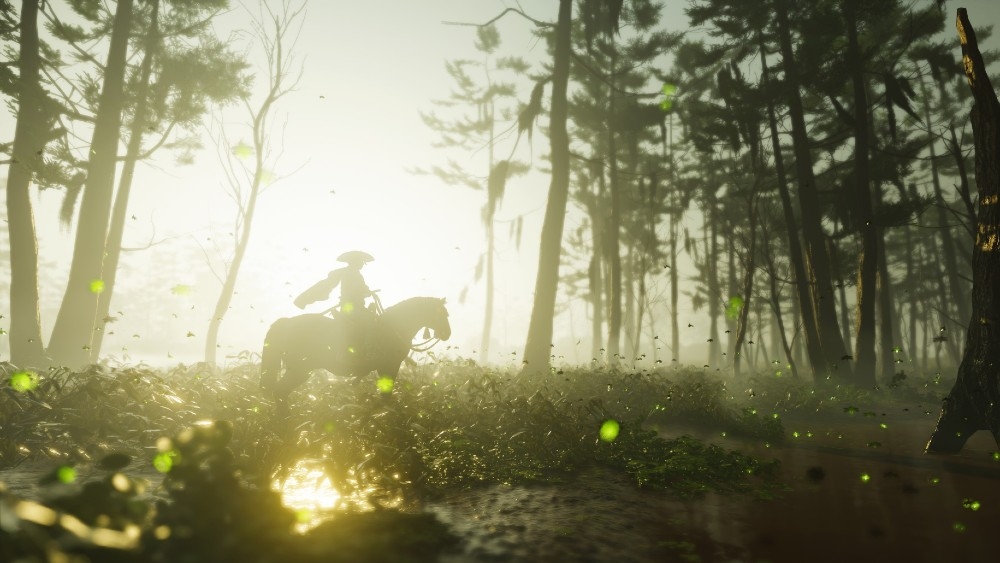
The PS4 truly has another winner with Ghost of Tsushima. The combat seemed simple at the start, but gradually revealed itself to be deep enough but still accessible. Soon enough, its world too – its struggles, its beauty, its almost-mystical qualities and mysteries – will absorb you further in.
I really thought it was just going to rely on its prettiness, but I was pleasantly surprised by its story and depth. You even get a history lesson along the way as you collect Mongol artifacts that tell you about their way of life. Because I’ve always been fond of the samurai, and this game nails that feeling of being one for me (without having to be as demanding as Sekiro) and that there’s a lot to uncover, I’d say it’s a day-one purchase. – Rappler.com

Add a comment
How does this make you feel?
There are no comments yet. Add your comment to start the conversation.